Before pandemic I thought I might drive across America, or even France. Now — what about Kent, the garden of England? Why treat English Heritage and the National Trust like guardians of the graveyard: you must be old or possessing a dog to enter? I need a car and so I borrow a Ferrari. The car and I are both nervous. It has a peculiar consciousness; no car feels as responsive, or as human. It feels like driving an Italian man. It is infinitely stylish, it beeps when it is anxious or cross, and it is credulous and ambitious about London traffic, which is touching: how can it take an hour to go eight miles? Me, I just don’t want to break it. It has a V8 engine, which presumably calls to other Ferraris — mastodons bellowing across the valleys, ideally in Modena — and it throws off the monstrous rain like a metal animal shaking its head.
Down House is north of Sevenoaks; it was Charles Darwin’s home. There is a real intimacy to poking round dead men’s houses; you are interviewing a ghost. My questions for this ghost: are you shy? (He kept the manuscript of On the Origin of Species in a cupboard for 20 years. Nerds, though, go to his final work: The Formation of Vegetable Mould through the Action of Worms.) I can tell he loved his children; of course he did, he loved beetles well enough. He built a sled for them to play on the stairs. There is also a letter to Karl Marx, thanking him for sending a copy of Das Kapital. Marx was his own press officer, and he wouldn’t have understood Darwin’s very understated rudeness: ‘I heartily wish that I was more worthy to receive it.’ Thank you for your letter, Mr Marx, but evolution is slower than you think. Goodbye.
Scotney Castle used to be owned by Christopher Hussey, the architectural editor of Country Life. This editor should live in a castle — there is also a second castle in the garden, for emphasis — but journalism is not what it was. The first castle is Tudor pastiche, and it is filled with photographs of cats, which Mrs Hussey loved. The second is Scotney Old Castle, a round medieval tower with Tudor house and ruin attached. Lady Thatcher used to stay in the flat below the belfry in the new castle. I cannot imagine her enjoying the picturesque, but her husband styled himself Sir Denis Thatcher of Scotney, so she must have liked it. There is an inscription in the stone: ‘Upon this settled rock thy building surest stands / Away it quickly wears that resteth on its sands.’
Leeds Castle is Chalfont in the Ealing comedy Kind Hearts and Coronets. Louis Mazzini, the disinherited son of the daughter of the duke and an opera singer, did the six-penny tour before he killed all his family for the house and title. I wonder if Louis (Dennis Price) would even want it now. It was ruined in the Victorian age and met with tarmac and lawns. It looks like a golf club because it is a golf club.
We stay at the Pig at Bridge Place outside Canterbury. It is a red-bricked Restoration mansion, very rare and beautiful, with pinkish carved brickwork. It used to be the Bridge Country Club, a greasy cave that hosted the Kinks and grab-a-granny nights and was owned by Peter Malkin, a notorious man spiritually in search of a tabloid spread. Now there are silent rooms in greens with vast soft beds and William Morris reds overlooking water meadows. It rains incessantly, which I love. I sit under canvas and look at the river as the sky drenches the land.
The Ferrari, being a foreign celebrity, has many fans, and is the natural predator of the Range Rover. They move aside for us: if they could look frightened, they would. There are dangers for us too, though. When I turn right, I am distracted by ramblers waving. I wave back, like Tony Blair, and put the wipers on — it is the Ferrari’s own wave — and pull into the oncoming lane. I scream but it is empty, and we both survive.
Chartwell is a twee fortress on an escarpment with views: Winston Churchill’s Eagle’s Nest. It is filled with his concealments, and the love people had for him. Children would send him cuddly toys, which he used for book ends. The most mesmerising gifts are from Josef Stalin. They are gross: two giant crystal sauce boats — one with a bear motif, and one with a boat — looted from the Romanov cabinets. Was it deliberate? I think it was, but de Gaulle’s gift was awful too: a crystal chicken by Lalique. It is a phony war with crystal, which everyone lost. In the studio is a Dr Strangelove globe and a small self-portrait from 1915, in which Winston looks pale, shrivelled and unhappy. Churchill didn’t admire his own paintings — the landscapes are primitive splodges, it is true — but this could be a Sickert. Perhaps it frightened him, because he didn’t paint another.
Got something to add? Join the discussion and comment below.
Get 10 issues for just $10
Subscribe to The Spectator Australia today for the next 10 magazine issues, plus full online access, for just $10.
You might disagree with half of it, but you’ll enjoy reading all of it. Try your first month for free, then just $2 a week for the remainder of your first year.


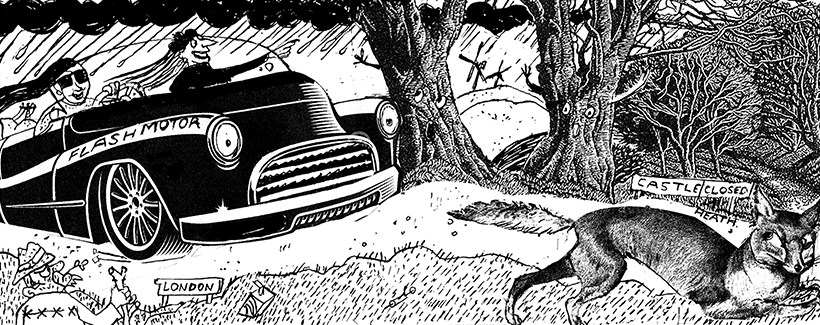
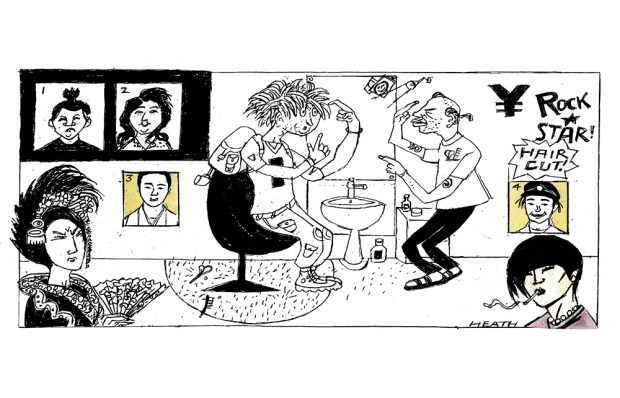
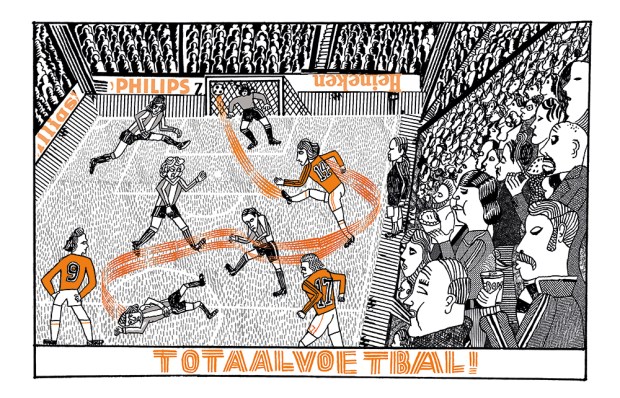
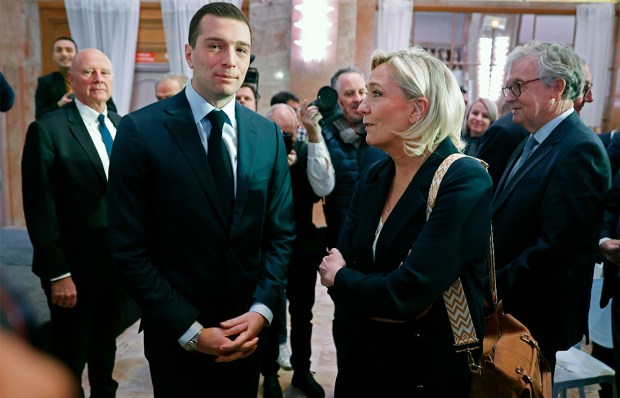
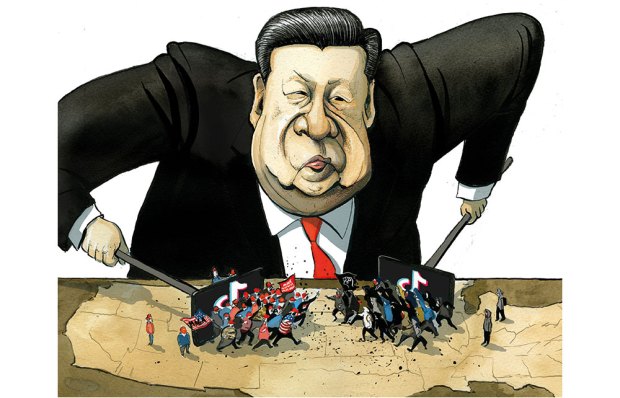
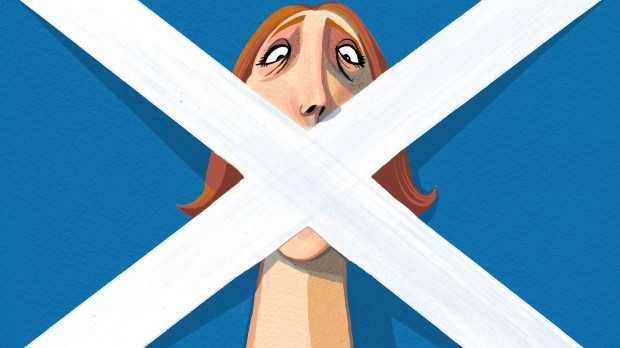
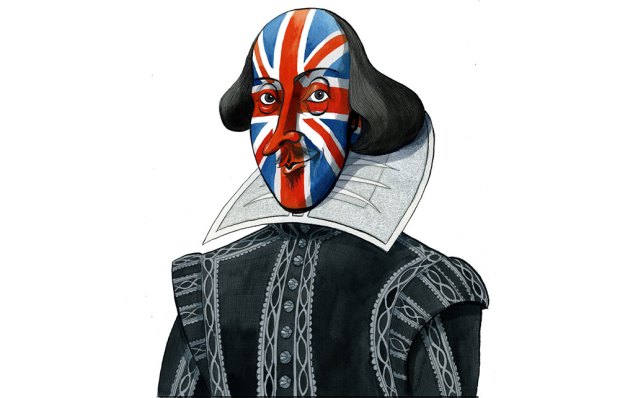






Comments
Don't miss out
Join the conversation with other Spectator Australia readers. Subscribe to leave a comment.
SUBSCRIBEAlready a subscriber? Log in